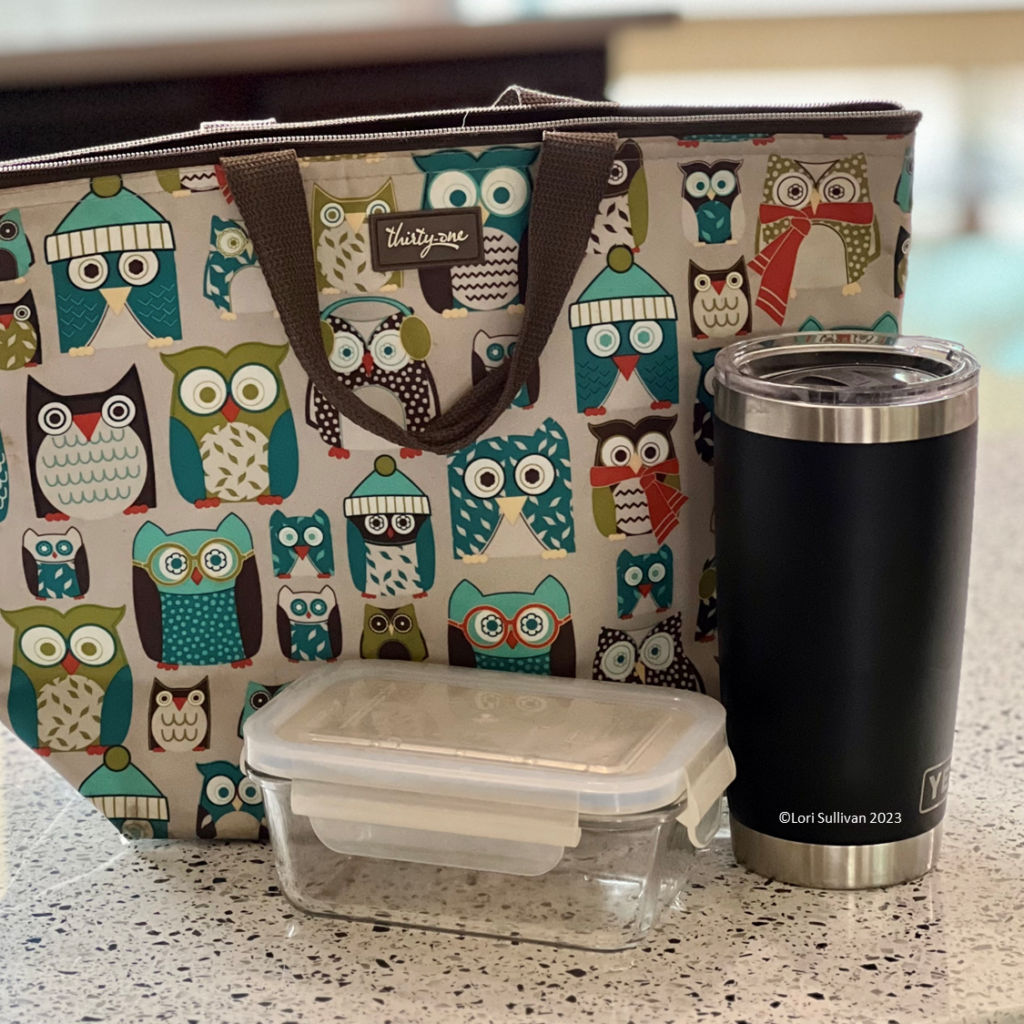
Packing lunch for work or school will often have three benefits:
- Healthier – You know the ingredients and source of food you bring vs. carry out alternatives.
- Less expensive – Preparing your own food saves money compared to buying at a restaurant.
- Lighter on the planet – Elimination of disposable packaging materials is the benefit here.
That said, the challenge is the convenience of purchasing lunch on the go.
Packing lunch can be quick and easy with a little planning.
Like eating at home, fruits and vegetables are better choices than processed foods.
For this post, we’ll focus less on the food you pack and more on the packaging to make your lunches one shade greener.
Eco Friendly Lunch Packaging
Single-Use Packaging: While it’s easy to buy pre-packaged chips, cookies, yogurt, and more to drop into a lunch, this is not the best approach for your pocketbook or the planet. These single-use packages are often more expensive, and they create waste that isn’t easily recycled.
Ziploc and Paper Bags: A light green approach to single-use packaging is to buy foods in bulk and put them in Ziploc bags that you reuse. Once the bags can no longer be reused, drop them off at your local recycling location. The dark green solution is to replace paper and Ziploc bags with reusable containers covered below.
Sustainable Lunch Containers: When selecting containers for food in your lunch, much has been written about not using plastic containers. Not only are they difficult to recycle, but the plastics can leech into your food during use. Newer plastics have been designed BPA-free and with other formulas that reduce the concern. However, I tend to focus on products and companies that use plastic alternatives. Here are some to consider:
- PlanetBox: Stainless Steel bento box containers and other products.
- Stasher: Silicone-based resealable “bags” to replace Ziploc bags.
- Fluf: Lined organic cotton snack and lunch bags that can be put in the laundry.
- Etsy: Lots of unique alternative products are on Etsy for any category.
- Glass Containers: While I don’t have a specific brand, glass containers with snap lids are also a good option. They go against the mention above of “no plastic”. However, the plastic lids don’t typically touch the food. These work well both for lunches and storing leftovers at home.
Your Turn
Do you pack lunch for yourself or others in your family?
Have you tried and implemented any of the containers discussed above?
What other ideas do you have for a lunch that is One Shade Greener?
